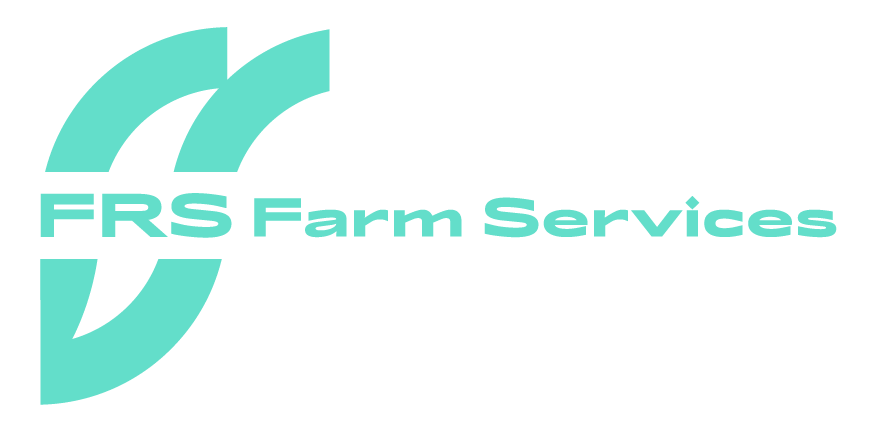There are a number of different causes for infection and disease in the foot including, injury, digital dermatitis, laminitis, or in some cases, it may be congenital. However, the most common reasons are from pathogenic bacteria on the farm or inadequate hoof care practice.
Research
Research from Teagasc states that 20% – 35% of cows will suffer some form of hoof care issue. Of these, 90% of lameness is in the foot, 80% in the hind limbs and 80% in the outer claw.
There is now a lot of movement on farms with cows being brought out for grazing and perhaps needing to be rehoused due to unexpected weather. Poor weather conditions can negatively affect hoof health along with a number of other factors.
High Risk Animals
Cows that are recently calved are at a higher risk. They can be particularly vulnerable to lameness. Farmers should keep freshly calved cows close to the yard/parlour for 48hrs to avoid them walking long distances.
Pathogenic bacteria can be found where cows are exposed to soft ground and muddy pastures for an extended period. The hoof can become soft and easily bruised, at this point infection can occur.
Foot Rot
Foot rot can occur in prolonged dirty conditions. Measures can be taken to help prevent foot rot including scraping down yards regularly and getting rid of puddles and small stones that could get stuck in the hoof. The path cows travel also plays a factor. Aim for a smooth surface without too many small steps or curbs. Trips or stumbles can result in extra pressure and trauma to the hoof. This can lead to breaking blood vessels, bruises, or injury. If not treated correctly abscesses and ulcers may form.
Hoof Trimming
Hoof trimming needs to be completed by trained professionals as it is a complex process. Attention should be paid to the outside claw on the back feet and the inside claw on the front feet. This is where a cow shifts their weight when they walk. If farmers do not hoof trim, hooves can become misshapen, and the cow will need to walk differently to avoid discomfort. In bad cases, the cow may never be able to walk correctly again.
At a minimum, cows should have their feet trimmed once a year, but more regularly is recommended. This practice may vary on each farm due to the conditions of hoof growth. For cows who stand on concrete for longer periods of time, hooves grow quicker. Also, if the surface is rough, growth is also faster. Farmers need to take the conditions of their farm into consideration when planning for hoof care.
Our Services
FRS provides an expert Hoof Care service to farmers. FRS technicians recommend lame cows should be seen to as soon as a foot condition is detected. Each FRS Hoof Care Specialist will be able to advise the farmer on the best possible care for their animals.
To find out more about FRS Hoof Care Service, contact 1890 790 890 or visit www.frsfarmrelief.ie/hoofcare.
